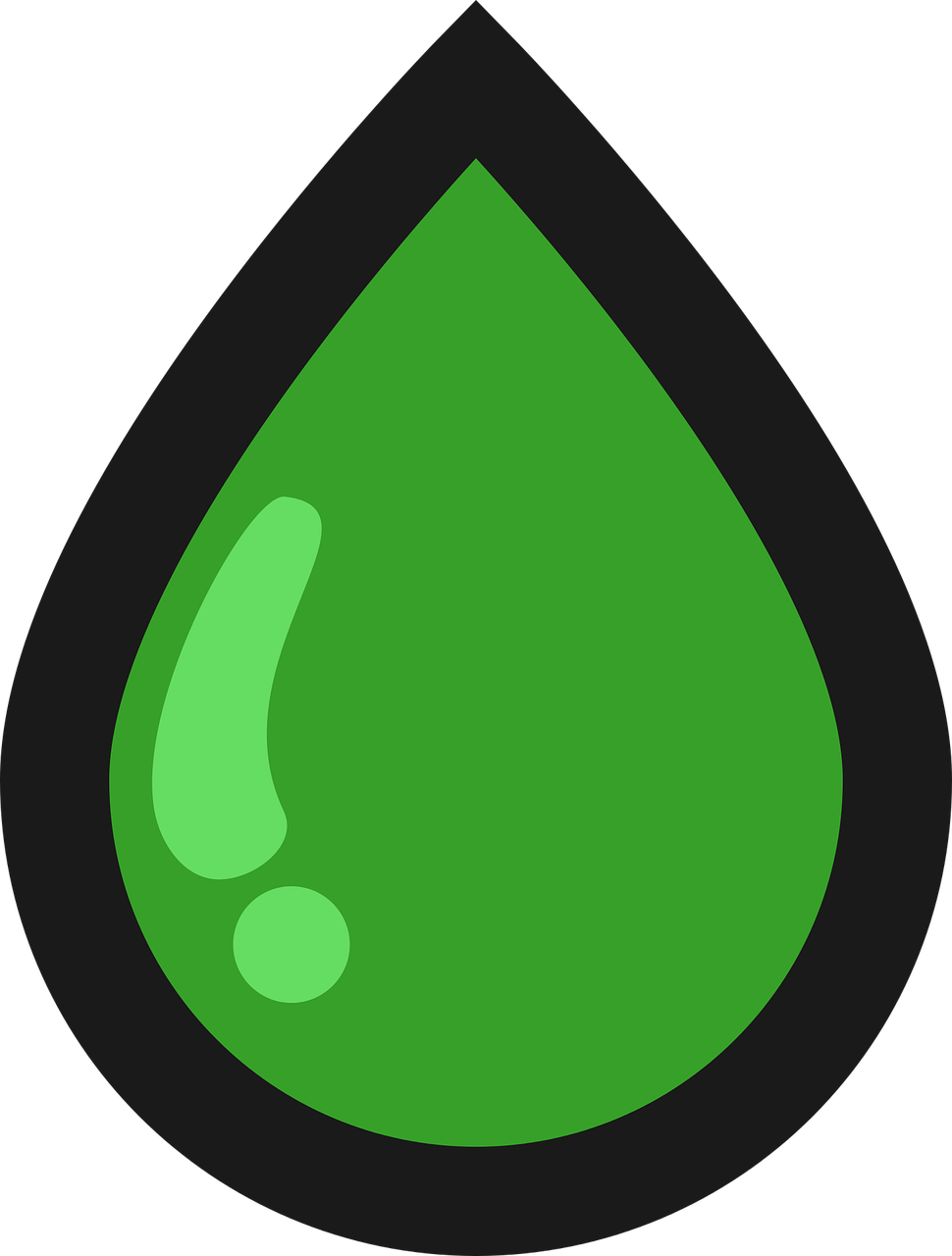Key Takeaways
– This article aims to provide broad and informative information about the concept of healing.
Introduction to Healing
Healing is a fundamental aspect of human existence. It encompasses the physical, mental, and emotional well-being of individuals. The concept of healing goes beyond the treatment of diseases and injuries; it involves restoring balance and harmony to the body, mind, and spirit.
Throughout history, various cultures and civilizations have developed their own unique approaches to healing. These approaches range from traditional medicine to alternative therapies, each with its own set of beliefs and practices.
Different Approaches to Healing
There are several different approaches to healing, each with its own philosophy and methods. Some of the most common approaches include:
– Conventional Medicine: This approach focuses on the diagnosis and treatment of diseases using pharmaceutical drugs, surgery, and other medical interventions.
– Traditional Medicine: Traditional medicine encompasses the practices and beliefs of indigenous cultures. It often involves the use of herbal remedies, rituals, and spiritual healing.
– Alternative Therapies: Alternative therapies include practices such as acupuncture, chiropractic, naturopathy, and homeopathy. These therapies aim to promote healing by addressing the underlying causes of illness.
The Power of Mind-Body Connection
The mind-body connection plays a crucial role in the healing process. Research has shown that our thoughts, emotions, and beliefs can influence our physical health. Positive thinking, stress reduction techniques, and mindfulness practices can all contribute to healing and well-being.
Furthermore, the placebo effect demonstrates the power of the mind in healing. Placebos, which are inactive substances, can sometimes produce real therapeutic effects simply because the patient believes they are receiving a treatment.
Natural Remedies for Healing
Nature provides us with a wealth of healing remedies. Many plants and herbs have medicinal properties that can promote healing and alleviate symptoms. From aloe vera for skin conditions to ginger for digestive issues, natural remedies offer a gentle and holistic approach to healing.
It is important to note that while natural remedies can be effective, they should not replace medical advice or treatment. It is always advisable to consult with a healthcare professional before using any natural remedies.
Holistic Healing Practices
Holistic healing approaches consider the individual as a whole, addressing the physical, mental, emotional, and spiritual aspects of health. These practices aim to restore balance and harmony in all areas of life.
Some examples of holistic healing practices include yoga, meditation, energy healing, and Ayurveda. These practices focus on promoting self-awareness, mindfulness, and self-care.
The Role of Technology in Healing
Technology has revolutionized the field of healing. From advanced medical equipment to telemedicine, technology has made healthcare more accessible and efficient.
Additionally, technology has enabled the development of innovative healing tools and techniques. Virtual reality therapy, biofeedback devices, and wearable health trackers are just a few examples of how technology is being used to enhance the healing process.
Healing Through Alternative Therapies
Alternative therapies offer a different approach to healing, often focusing on the body’s natural ability to heal itself. These therapies include acupuncture, chiropractic, naturopathy, and homeopathy.
Acupuncture, for example, involves the insertion of thin needles into specific points on the body to stimulate energy flow and promote healing. Chiropractic care focuses on the alignment of the spine and nervous system to improve overall health.
The Importance of Emotional Healing
Emotional healing is an essential aspect of overall well-being. Unresolved emotional issues can manifest as physical symptoms and impact our health and quality of life.
Various therapeutic approaches, such as psychotherapy, counseling, and mindfulness practices, can help individuals process and heal emotional wounds. By addressing and resolving emotional trauma, individuals can experience profound healing and personal growth.
Healing in Different Cultures
Healing practices vary across different cultures and traditions. Traditional Chinese medicine, Ayurveda, Native American healing practices, and African traditional medicine are just a few examples of the rich diversity of healing traditions around the world.
These cultural healing practices often incorporate rituals, herbs, and spiritual beliefs. They provide unique insights into the interconnectedness of humans with nature and the universe.
Conclusion
Healing is a multifaceted concept that encompasses physical, mental, and emotional well-being. It involves various approaches, from conventional medicine to alternative therapies, and emphasizes the importance of the mind-body connection.
Natural remedies, holistic healing practices, and the role of technology all contribute to the healing process. Emotional healing and cultural perspectives further enrich our understanding of healing as a universal human experience.
By embracing a holistic approach to healing and exploring diverse healing practices, individuals can enhance their well-being and lead healthier, more fulfilling lives.



